Room 102, Building 13, Area A, Wanyang Zhongchuang Park, Ganyao Town, Jiashan County, Zhejiang China.

Hexagon head screws are one of the most widely used fasteners in construction, machinery, automotive, and household applications. They are valued for their strength, ease of installation with standard tools, and ability to withstand heavy loads. However, like all fasteners, they face two major challenges during long-term use: rust (corrosion) and loosening. Both problems can compromise the safety and reliability of the assembly. Fortunately, there are practical measures that engineers, manufacturers, and end users can adopt to reduce these risks.
Preventing Rust in Hexagon Head Screws
Rust, or corrosion, occurs when the metal reacts with moisture, oxygen, or chemicals in the environment. Once corrosion sets in, the screw’s strength decreases, and removal becomes difficult. To address this, several preventive strategies are used:
1. Material Selection
One of the most effective ways to avoid rust is to choose screws made of corrosion-resistant materials.
Stainless Steel: Offers natural resistance to rust due to chromium content, making it ideal for outdoor, marine, and humid environments.
Brass or Aluminum: Used in special applications where rust resistance is essential, though they are not as strong as steel.
Alloy Steel with Coating: Stronger but requires protective finishes to resist rust.
2. Protective Coatings and Plating
Surface treatments play a critical role in preventing rust:
Zinc Plating: Creates a protective sacrificial layer that corrodes before the steel does.
Hot-Dip Galvanizing: A thicker zinc layer that offers better long-term outdoor protection.
Chrome or Nickel Plating: Adds both rust resistance and aesthetic appeal.
Black Oxide Coating: Provides mild corrosion resistance and reduces light reflection, often used indoors.
3. Use of Anti-Corrosion Paints and Sealants
Applying paint, powder coating, or specialized sealants creates an additional barrier between the screw and the environment. In outdoor or marine conditions, sealants like epoxy or polyurethane can dramatically extend screw lifespan.
4. Environmental Control
When possible, reducing exposure to water, salt, and chemicals is another practical measure. For instance, machinery should be stored in dry environments, and protective covers may be added to assemblies exposed to harsh weather.
5. Regular Maintenance
Periodic inspection, cleaning, and lubrication with anti-rust oils or sprays can help prevent the early stages of corrosion. Preventive maintenance is especially critical in bridges, vehicles, and industrial equipment.
Preventing Loosening in Hexagon Head Screws
Even if a screw remains free of rust, it can still lose effectiveness if it becomes loose under vibration, thermal expansion, or repeated loading. Loose screws may lead to machinery malfunction, structural failures, or safety hazards. To address this, a variety of mechanical and chemical solutions exist.
1. Proper Installation Torque
The first defense against loosening is tightening screws to the correct torque specification. Under-tightening leads to insufficient clamping force, while over-tightening may strip threads or weaken the screw. Using a torque wrench ensures accuracy.
2. Locking Washers
Washers are a simple but effective way to reduce loosening:
Spring Lock Washers: Provide tension that resists screw rotation.
Toothed Lock Washers: Bite into the material surface, improving grip.
Flat Washers with Adhesives: Help distribute load and prevent slipping.
3. Thread-Locking Adhesives
Liquid thread-locking compounds, such as anaerobic adhesives, fill the gaps between threads and harden to resist loosening. These adhesives are widely used in automotive and aerospace industries where vibration is common.
4. Nylon-Insert Lock Nuts
Also known as “nyloc nuts,” these contain a nylon ring that grips the screw threads tightly, preventing the nut from backing off under vibration.
5. Double-Nut Method
Using two nuts tightened against each other creates a locking effect. This is common in heavy machinery and structural applications.
6. Special Screw Designs
Manufacturers also produce screws with built-in locking features, such as serrated heads or wedge-locking mechanisms. These designs enhance resistance to rotation under stress.
7. Periodic Inspection and Retightening
For critical applications like bridges, wind turbines, or heavy machinery, routine inspection and retightening schedules are essential. Preventive checks ensure that screws remain secure before they can cause larger problems.
Combining Anti-Rust and Anti-Loosening Measures
In practice, rust and loosening often occur together. Rust can weaken the threads, making screws easier to loosen, while loose screws may expose more surfaces to environmental moisture, accelerating corrosion. Therefore, the most effective approach is to apply both sets of preventive measures.
For example, a hexagon head screw in an outdoor machine might be:
1. Manufactured from stainless steel,
2. Coated with zinc or epoxy for extra corrosion resistance,
3. Installed with a nylon-insert lock nut,
4. Tightened with a torque wrench, and
5. Inspected periodically during maintenance.
This combined approach ensures maximum durability, safety, and reliability.
Hexagon head screws are essential components in countless industries, but they are not immune to problems such as rust and loosening. Preventing rust involves careful material selection, protective coatings, environmental controls, and regular maintenance. Preventing loosening requires proper torque application, locking devices, adhesives, and scheduled inspections.
By understanding these strategies and applying them according to the specific environment and application, users can greatly extend the service life of hexagon head screws and maintain the structural integrity of the assemblies they secure. Ultimately, investing in preventive measures not only saves replacement costs but also ensures safety and performance in the long run.
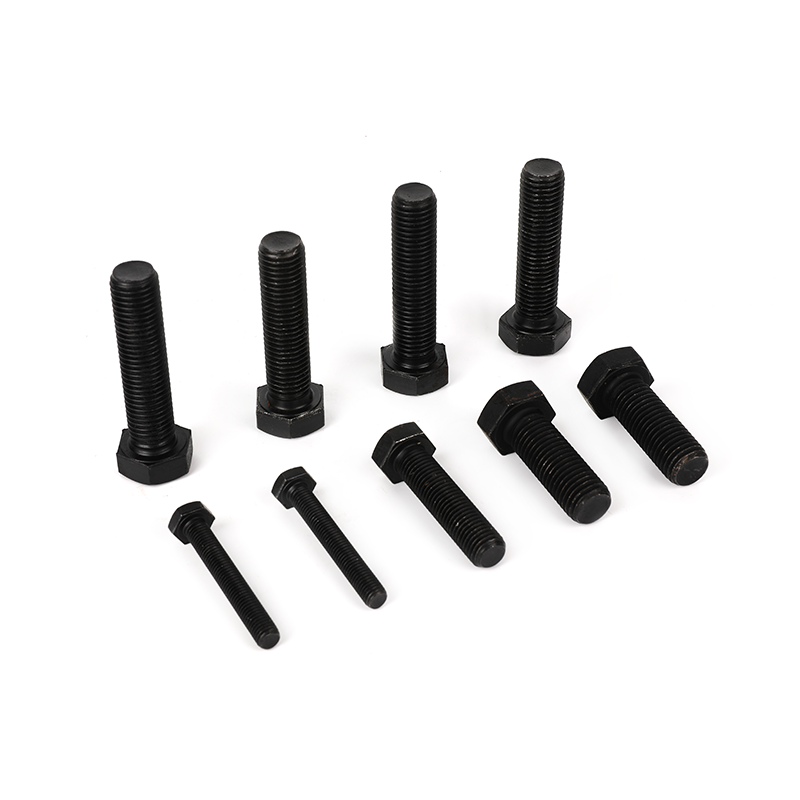
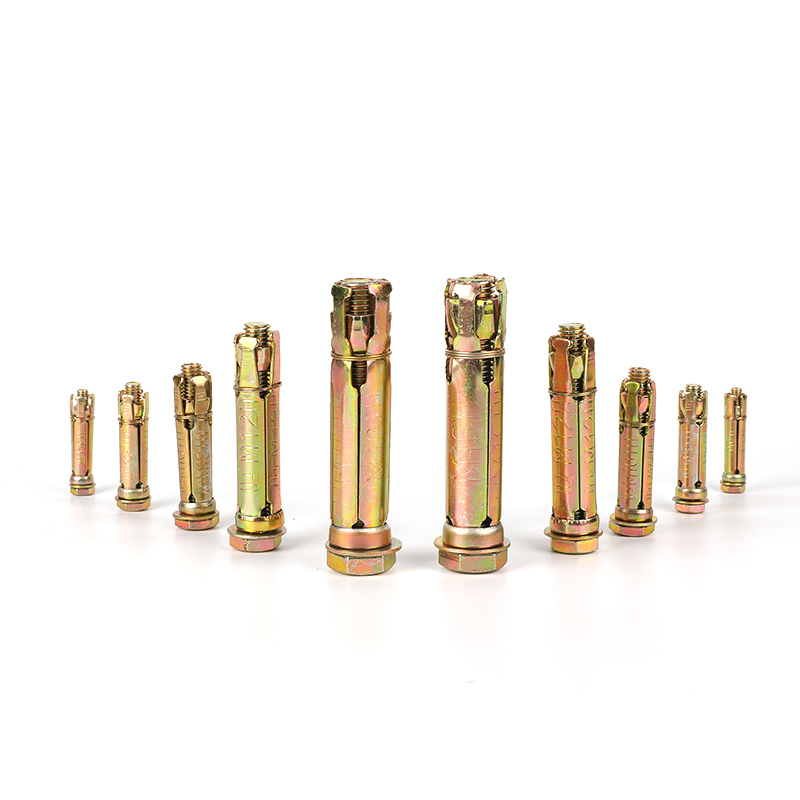
Fix anchorbolts include bolts, washers, nuts and 4PCS cylindrical shields. By tightening the bolts, the shields tubes expand and the components can be...
See Details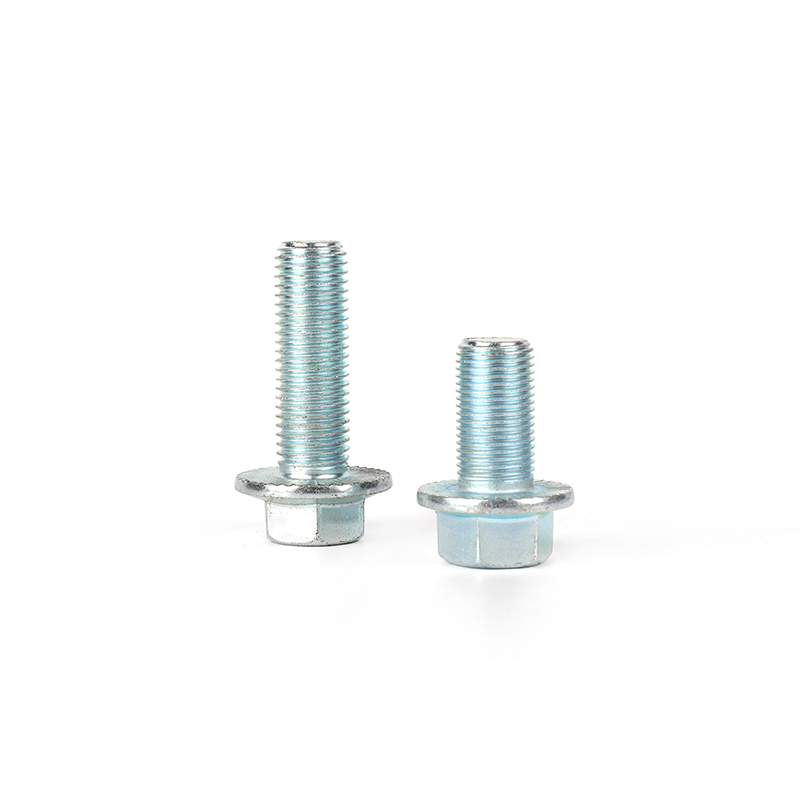
Flange bolts are specially used to tightly connect pipes and components with flanges. We produce flange bolts are solid t and durablethat, compling wi...
See Details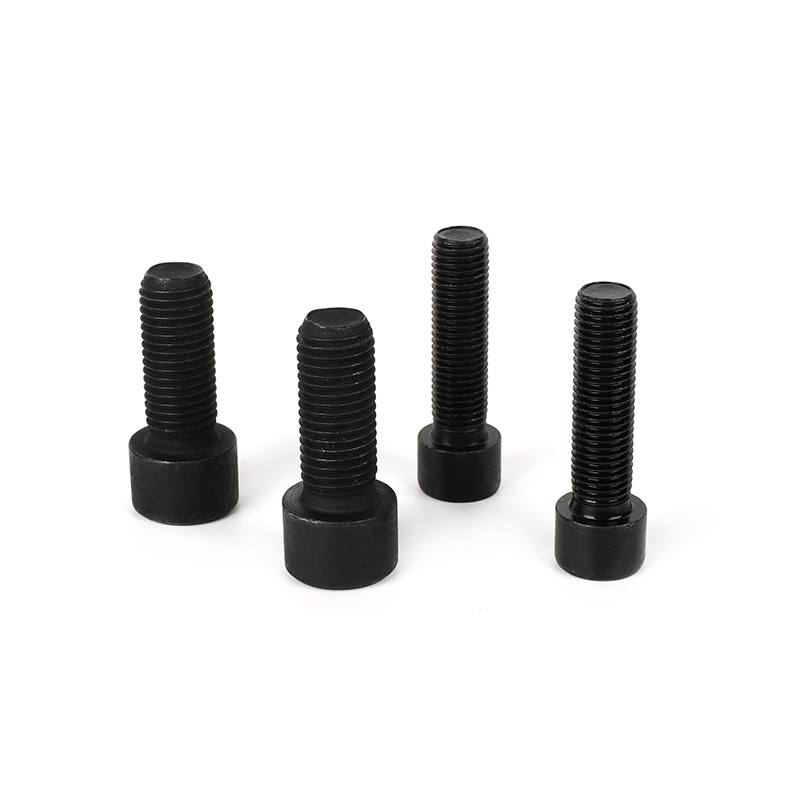
The Grade 8.8 black oxide full-thread hexagon socket bolts have an internal hex design and needs to be used with a wrench with a hex head. Its full th...
See Details
Grade 8.8 black oxide full-thread hexagon bolts is a very common fastener and requires a wrench or hex wrench to tighten it. Our hex head bolt meet th...
See Details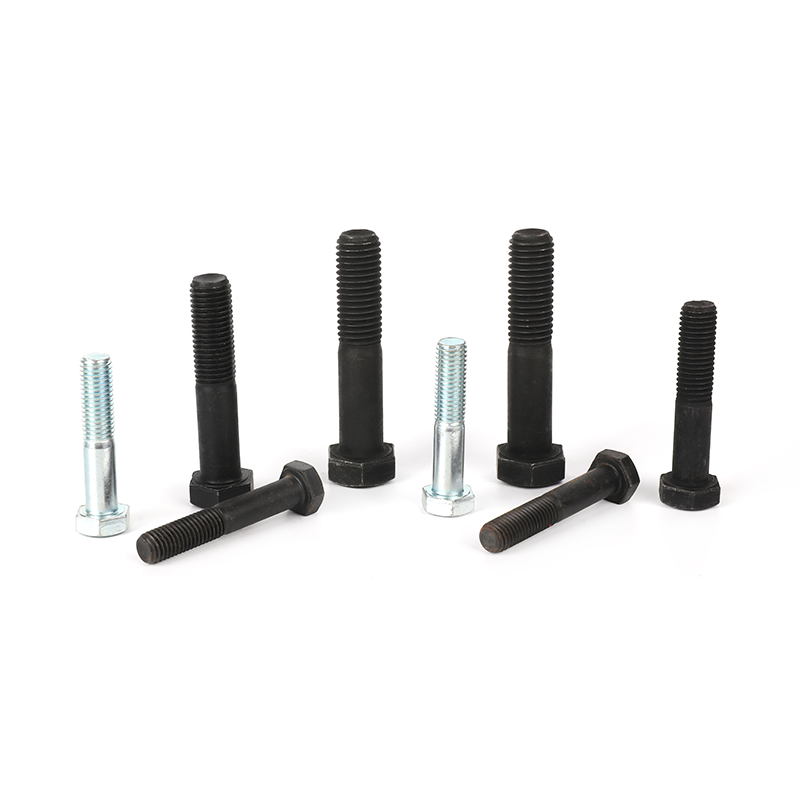
This product is made of high-quality carbon steel and undergoes a rigorous heat treatment process. It has high strength, good elasticity and toughness...
See Details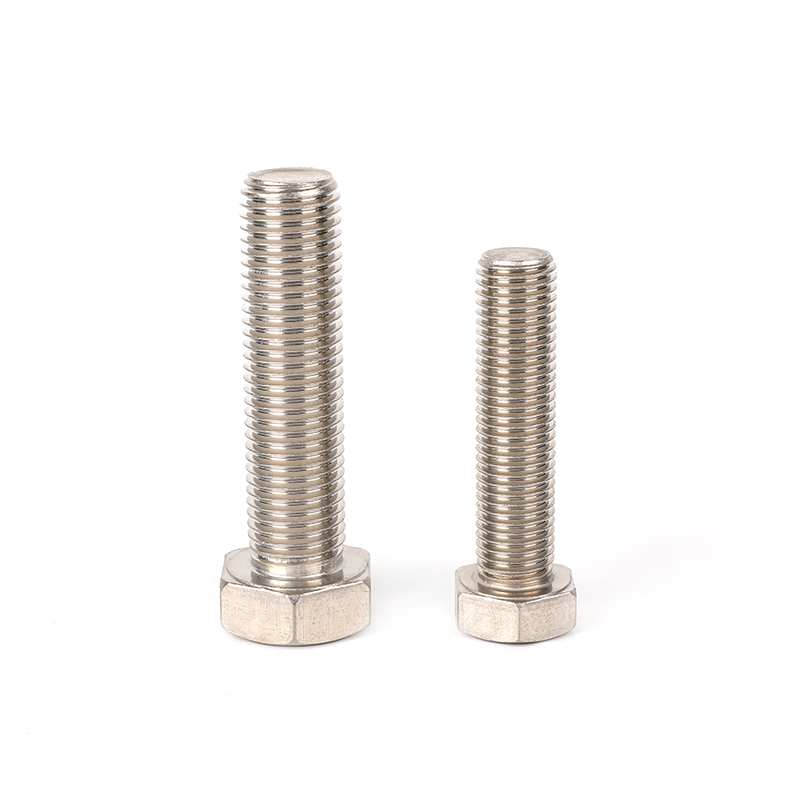
This 304 stainless steel plain full-thread hexagon bolt is a kind of fasteners made of high-quality stainless steel material and has corrosion resista...
See Details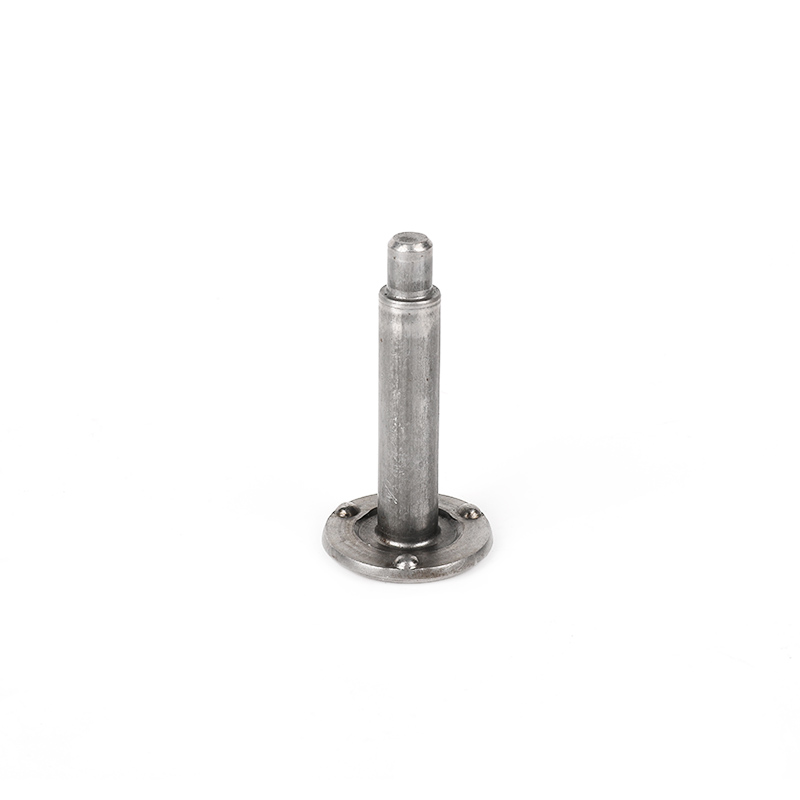
This plain round flat head weld shoulder bolt is a fastener suitable for a variety of welding applications. Its flat head and round head design makes ...
See Details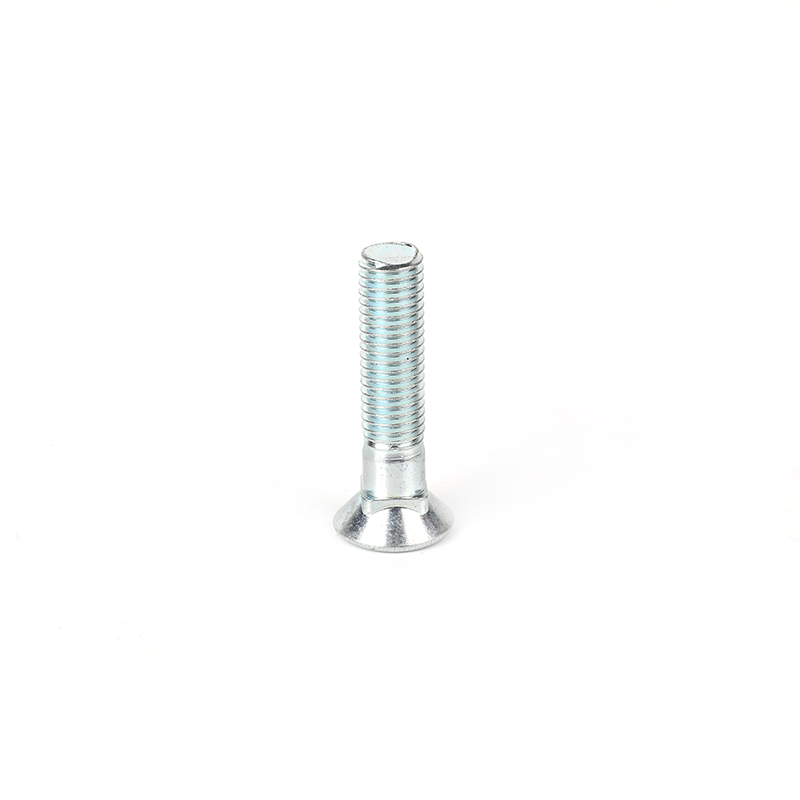
This Grade 12.9 zinc plated countersunk head square neck plow bolt has the advantages of high precision, high operability, high strength, and high ten...
See Details